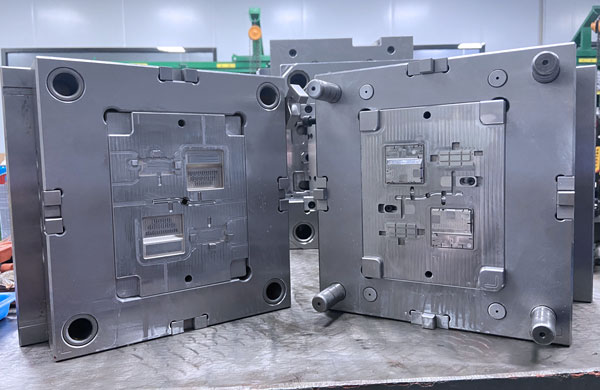In the field of injection molding, a phenomenon known as "silver streak" often plagues manufacturers. It manifests as silver-white stripes on the surface of injection-molded parts, actually left by low-molecular volatiles, water vapor, and other gases during the molding process.
Causes Explored:
Excessive Moisture in Raw Materials: When raw materials contain too much moisture, it lays the groundwork for the formation of silver streak.
Residual Moisture in Mold Cavity: If the mold cavity is not thoroughly dried, the residual moisture can also become a cause of silver streak.
Lubricant and Mold Release Agent Issues: Residual lubricants and mold release agents in the mold cavity are also "culprits" leading to the appearance of silver streak.
Impurities in Material Mixing: If impurities are inadvertently mixed during material mixing, it may also trigger the silver streak phenomenon.
Design and Process Defects: Uneven wall thickness of plastic parts, as well as the expansion and volatilization of molten material during flow, when they come into contact with the mold surface, are prone to forming silver streak.

Strategies for Addressing:
Drying Raw Materials: By drying raw materials, ensuring they are fully dry is an effective means of preventing silver streak.
Mold Drying Maintenance: Wiping the inner walls of the mold to maintain its dry state helps reduce the occurrence of silver streak.
Standardized Use of Mold Release Agents: Correct and reasonable use of mold release agents avoids problems caused by excessive or improper use.
Strict Material Management: Strengthening material management to ensure the purity of materials during mixing, preventing the mixing of impurities.
Optimizing Design and Process: Improving and optimizing mold design structure and injection molding process to fundamentally reduce the occurrence of silver streak.